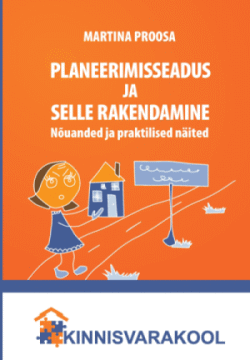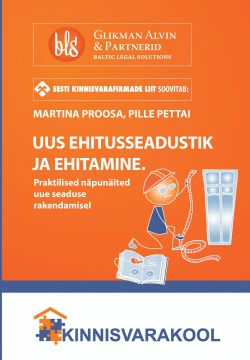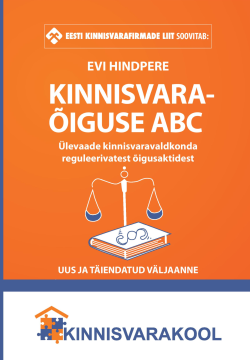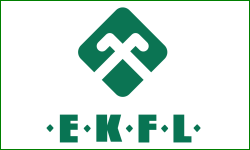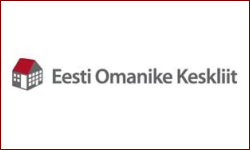The introduction of the Euro to Estonia on 1 January took place quite smoothly and with no major mishaps. Cash machines were closed from midday on 31 December, 2010 until the stroke of the new year 12 hours later, which may have left visitors and those unprepared for the new currency at a loose end for cash, but debit and credit cards could still be used to make transactions in the outgoing currency.
According to the European Central Bank site, Estonian Kroons could in fact be used as legal tender in cash transactions until 15 January. Retail outlets however gave change in Euros in such cases, and payment in Kroons seems to have been the exception almost from the beginning, as people use up all the spare cash they had at home.
All is not lost if you should find some forgotten Kroons in a biscuit tin under the bed however; until 30 June 2011, all banks that offer cash services (i.e. all the highstreet banks) will exchange Kroons (both notes and coins) for Euros, and at a limited number of branches this service will continue to the end of 2011. Should a year not prove enough time to rid yourself of the former currency, the National Bank (Eesti Pank) will continue to accept Kroon notes and coins in exhange for euros indefinitely, according to the ECB site.
The Estonian Kroon (EEK), introduced on 20 June, 1992 to replace the Soviet Rouble, had been pegged to the Euro since 27 June, 2004 after Estonia’s accession to the EU. The rate of exchange was 1 EUR : 15.64664 EEK – this rate remained constant despite the threat of devaluation during the recent economic crisis, and remains the basis on which Kroons will be exchanged for Euros.
We hope to keep you updated in the near future about further effects of the Euro (for example concerning company share capital) so please be sure to check the blog regularly!
 Andrew Whyte
Andrew Whyte
Tallinn Property by Goodson & Red





